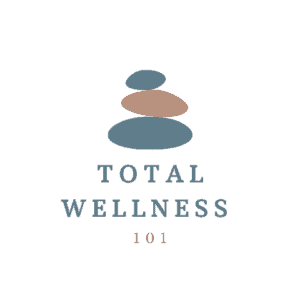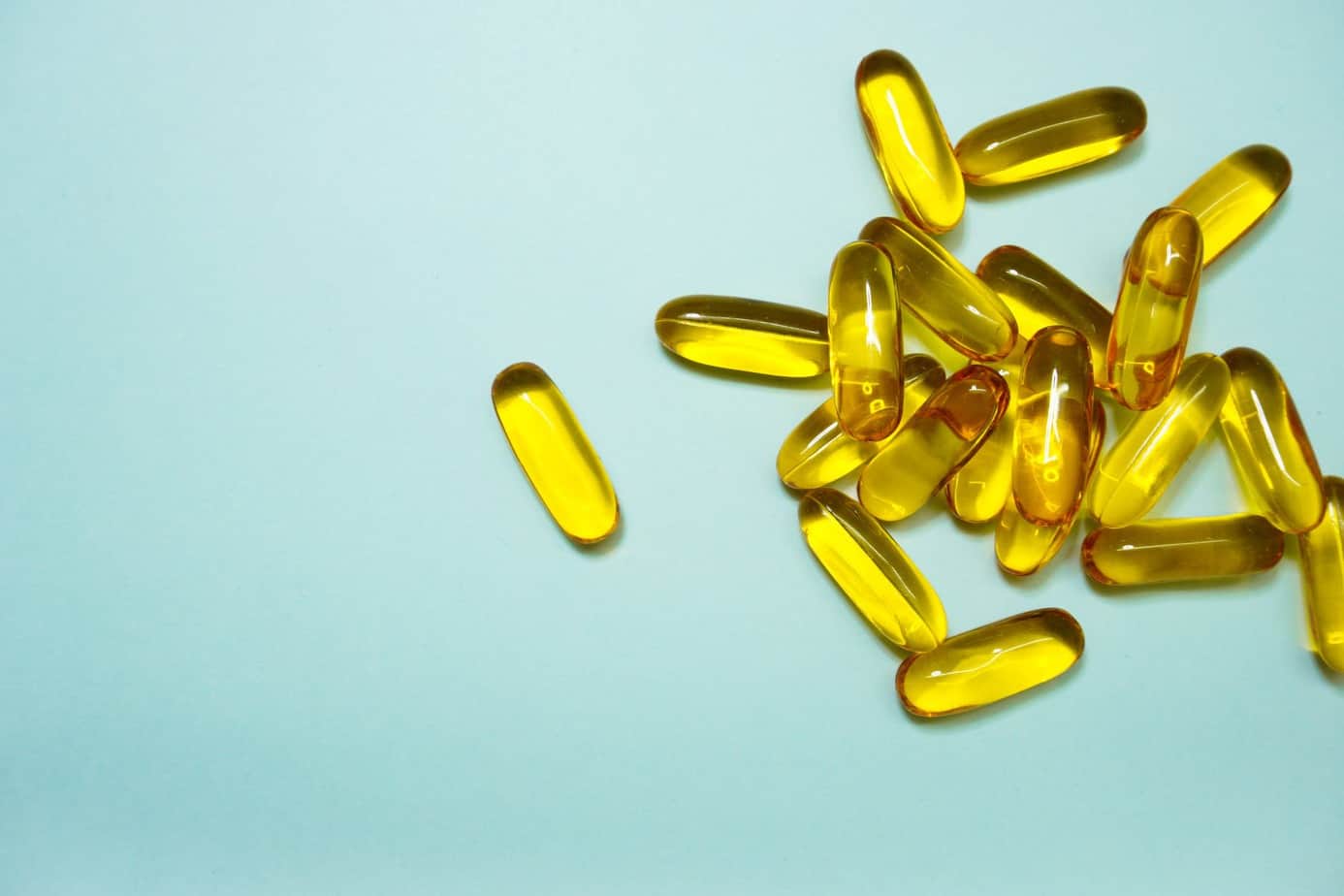You probably have heard that Omega-3 fatty acids are good for you. But perhaps you do not really know what the specific benefits are, where they are found, or how to consume them. We will go into all of that here so that you know everything that you need to know when it comes to Omega-3 fatty acids. If you are not consuming enough Omega-3 fatty acids, now is a great time to start. Any health expert would agree that when it comes to your overall wellness, Omega-3 fatty acids should not be ignored.
The benefits of Omega-3 are numerous and include:
- Improved Heart health: Lower blood pressure, reduced chance of cardiovascular disease, reduced inflammation, improved cholesterol.
- Improved Brain health: Lower risk of depression and less depressive symptoms, reduced risk of Alzheimer’s disease.
- Healthier babies: When taken during pregnancy, babies show improved brain health in areas such as intelligence and social behaviors, as well as decreased risk for mental disorders.
- Reduced inflammation which lowers risk for numerous diseases and cancers.
- Joint health: May improve calcium levels in the bones and reduce joint pain by lowering inflammation.
- Improved sleep.
- Healthier skin.
What Are Omega-3 Fatty Acids?
Omega-3 fatty acids are essential, polyunsaturated fats that we cannot produce on our own, meaning they must be consumed through diet. Their chemical structure is characterized by the presence of a double bond, three atoms away from the terminal methyl group.
The most commonly heard forms of Omega-3 are EPA (eicosapentaenoic acid) and DHA (docosahexaenoic acid). These are both long-chain fatty acids that produce the health benefits that you see above. These are the two forms you should see in an Omega-3 supplement since they are the most beneficial. ALA (alpha-linolenic acid) is another form that is found in plant sources. However, ALA is not as beneficial on its own and isn’t as efficiently utilized by the body. It has to be converted into EPA and DHA first. Consuming EPA and DHA through foods or supplements is the most beneficial.
What Foods Contain Omega-3?

In western culture, most do not consume adequate amounts of Omega-3 fatty acids. The cultures that do consume high amounts of Omega-3 have healthier and longer-living populations. Here are some of the foods that contain high amounts of Omega-3 so that you can start to implement them more into your diet:
- Fatty fish and seafood (salmon, tuna, sardines, herring, shrimp, trout, etc)
- Walnuts
- Flaxseed
- Chia seeds
- Soybean, flaxseed, and canola oil
- Seaweed
- Hempseed
- Edamame
- Fortified foods such as: Eggs, milk, soymilk, yogurt, bread, peanut butter
In general, it is easiest to know you are getting a decent amount of Omega-3 if you eat fish regularly. Fatty fish contain the highest concentrations of Omega-3 which is why fish oil pills are often consumed to supplement Omega-3. So if you never eat fish, now is a good time to start.
How Much Omega-3 Do I Need?
There is no official daily recommended dose for Omega-3, however most organizations recommend at least around 400mg of combined EPA and DHA. Another recommendation is to eat fish at least twice a week to have a decent amount of Omega-3. Keep in mind however that these are recommendations for a minimum amount and many benefit more from a higher dosage.
There are certain conditions that may require up to 4000-5000 mg of EPA and DHA! Those that specifically benefit more from higher doses are those with mood disorders such as depression, those at risk or who have heart disease, those at risk for cancer, pregnant women, and active individuals. But essentially, anyone benefits physically and mentally from ample Omega-3 consumption. It is difficult to reach such levels of Omega-3 with food alone which is why many, including myself, take a fish oil supplement to reach the levels of Omega-3 needed to reap the most benefits.
How to Pick a Fish Oil Supplement
I have discovered that not all Omega-3 fish oil supplements are created equal. It is hard to know what you are actually getting or if you are getting enough Omega-3 with confusing labels. First of all, you want to make sure that you know how much EPA and DHA are in the supplement, not just how much fish oil there is. There is a difference. Some products are less concentrated than others and require you to take tons of pills to get enough Omega-3. You also benefit more from an equal ratio of EPA and DHA.
Cheaper supplements are generally less concentrated, containing low amounts of EPA and DHA or less of one type. Be careful not to just go for the cheapest product and end up consuming so little Omega-3 that it does you no good anyway. Try to get around 3000 mg of combined EPA and DHA so that you can actually notice the benefits of Omega-3 consumption.
My most recommended Omega-3 product which I also personally consume is Omega JYM!

Omega JYM contains 3000 mg of EPA and DHA (1:1 ratio). It also contains 300 mg of DPA which is rarely found in other Omega-3 products and offers more anti-inflammatory benefits for athletes. You get all of that Omega-3 with just 4 pills as well! Other lower quality brands could take even 10 pills to get as much EPA and DHA. The product was developed by Dr. Jim Stoppani who is a leading authority on exercise research so you can trust that the quality of the product is high.
Use code: WELLNESS101 and get 15% off the entire JYM brand as well!
Whether it be through the food you eat or supplementation, you need to make sure you are consuming enough Omega-3 fatty acids. There are many dietary supplements in the world but all would agree that Omega-3 is a must have when it comes to your overall wellness. If you want to live longer and feel better while you’re living, then start consuming enough Omega-3 each and every day.
Recent Posts
In the pursuit of professional success, the modern working professional often finds solace in a cup of coffee or energy drink. Caffeine, the world's most widely consumed psychoactive substance, has...
Strategies for Sales Professionals to Reduce Back Pain and Injuries
In the fast-paced world of sales, professionals often find themselves navigating through long hours, client meetings, and constant travel. Amidst the pursuit of closing deals and meeting targets, the...

